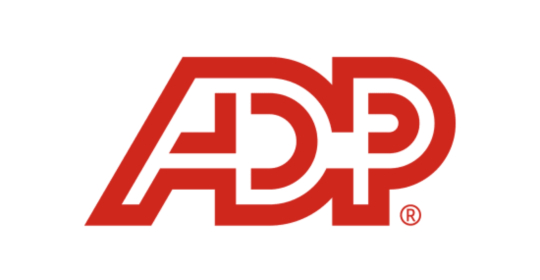Drafting an effective production plan that has the ability to include different capacity constraints such as resources, shifts, factories, lines, and subcontractors within the plan is crucial in boosting the efficiency of the supply chain and sustainability.
Production planning, as explained by the Business Dictionary, can further be described as an administrative process within a manufacturing business that involves ensuring that there are enough raw materials, workers, and other necessary items to create finished products in accordance with a specified schedule. Below are important factors to consider when creating an effective plan.
1. Available Equipment and Human Resources
This typically refers to the period in between processes that allow for a smooth flow of orders within your production unit or services. It is what is also known as available time.
The production plan should help you manage work time effectively, making sure it is well-used at the same being cautious it doesn’t cause delays. A plan should be able to capitalize on the organization’s operational capacity, but not exceeding it. It’s diligent for you to make room for unforeseen changes and needs that may come up.
2. Predict Market Expectations
In order to come up with an effective plan, your business needs to be able to predict sales with some level of certainty.
Even if your company, like many others, doesn’t have reliable numbers on sales, you can maximize past information on trends in the market and recurring orders to predict future sales. A good look at your production planning software can also help in forecasting what your market expects. When you’re able to gather data and properly analyze it, it becomes feasible for you to create an accurate diagnosis and establish an improved strategy for your business.
3. Inventory Control
Inventory control deals with how the stock you currently have in store is being managed. Which means you have to be familiar with your inventory or stock. In other words, how much stock do you have available, where is it and what state is it in.
Having a reliable inventory level that is supplying the business has to be established if there isn’t one yet. Plus, there should be a functioning inventory system in place. Inventory control is pivotal to having an efficient production plan.
4. Risk
Estimate the possible risk to be associated by gathering historical data on your work or production experiences. Note details about the actual time when you encountered material scarcity and machine failures.
Where you notice the risks are significant, you can perform an FMEA analysis (failure modes and effects), ensuring that measures are put in place to totally eradicate or minimize the risks.
Your production plan needs to identify important elements or factors prior to production to ensure nothing disrupts the workflow when production begins. Planning further ensures materials, equipment, and personnel needed are readily available. The plan is what makes for the smooth running of the production process.






